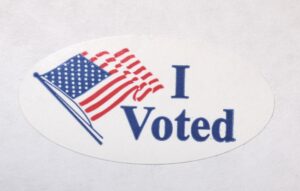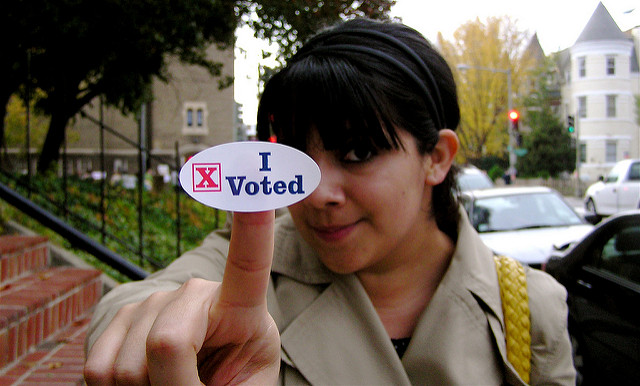by: Melissa Bank Stepno, Vice President Data Insight
In case you haven’t noticed, it’s a big election year! Here where I live in NH, the hype starts early and it’s loud. Having the first presidential primary in the nation means that the spotlight is on our little state once every four years.
Beyond NH, each election cycle brings a fundraising bonanza for the candidates, for the major political parties and for PACs. In fact, the FEC reported that in the 24-months of the 2020 election cycle, more than $24 billion was contributed. I would expect this number to be even higher when the 2024 election concludes.
As for the donors making all these contributions, logic would say that if someone is giving big bucks to politics, they likely have the big bucks for philanthropic contributions as well.
{Side note: this is where I’ll add my public service announcement noting capacity to give is only one piece of the puzzle. Good prospecting strategy should also include an assessment of someone’s inclination to give your organization!}
It’s very convenient that the Federal Election Commission not only requires that any contributions over $200 be reported to the FEC but that it also publishes the information making it super easy to access.
But Stop! Do Not Pass Go. And, do not collect your $200.
At one point, FEC data provided a treasure-trove of information for prospect researchers.
Historically, we used it to enhance information on known prospects, such as potential capacity, occupation and sometimes even home address.
We could also see who, or what, received the contributions, which could give insight into political interests, and in the case of PACs, sometimes a window into a donor’s charitable interests.
Unfortunately, the treasure ran out in November 2018 when the FEC issued new guidelines on the acceptable use of FEC data. Included in the guidelines are statements such as:
Information about individual contributors taken from FEC reports cannot be sold or used for soliciting contributions (including any political or charitable contribution) or for any commercial purpose.”
“Commission regulations also prohibit the use of this information to solicit donations, including charitable donations.”
Quickly thereafter, the question of acceptable use of FEC data was brought to Apra’s Ask the Ethicist column. The Ethicist, leaning on the Apra Principles of Ethics and Compliance, clearly advised us that since prospect research is part of the charitable solicitation process, we should no longer be using FEC data.
In 2021, recognizing the limitations of the new restrictions, ALUMinate, a vendor that was operating in our space, filed a compelling letter with the FEC asking that it reconsider the use case. Effectively, the FEC declined to comment.
So, here we are, in the middle of an election year with such great data tempting us like forbidden fruit.
My advice? Follow what we do here at HBG which is to avoid any data that is gleaned directly from the FEC.
However, thinking more broadly, there are some occasions where using political giving is acceptable – just not from the FEC. Let’s look at a few examples:
But what about information on political contributions that I find in other sources, like a national news outlet?
Typically, referencing your source is sufficient to cite this information in your research. Here’s an example: “According to a March 2024 article (insert URL) in the New York Times, Smith donated $10,000 to {name candidate}’s presidential campaign.
How about on social media?
First, be sure to follow your organization’s policies around the acceptable use of social media in general. Assuming it is permissible then follow a similar format to the above: “According to this Facebook post (insert URL) on Smith’s personal page, he attended last night’s gala to support {name candidate}’s congressional campaign. Gala tickets are known to cost in the $1K-$10K range.”
And how contributions to state elections?
State elections are not subject to FEC regulations. Some states also publish political contribution information. Each state has their own laws governing acceptable use so be sure to check those out before including anything in your research.
My parent organization has both a 501(c)3 non-profit and a political action committee. We have separate teams and separate databases, but sometimes we share donor information since we find many of our donors contribute to both our charitable arm and our advocacy arm. Do we need to stop?
The FEC guidelines state that “The sale or use restriction does not prevent a committee from compiling and distributing its own list of contributors. A committee may donate, sell, rent or trade its contributor list to other committees and organizations.” So, as long as the staff of the PAC are providing the information to you directly, you should be in the clear.
Bottom line: the political season is heating up, but using data from the FEC is not. With everything else in our line of work, erring on the side of caution is always the best route. While this blog post is not meant to replace actual legal advice, hopefully these scenarios give you a sense of how you can incorporate information about political giving into your research. If in doubt, my best advice would be to consult your in-house legal team or leave it out of your final deliverables.


